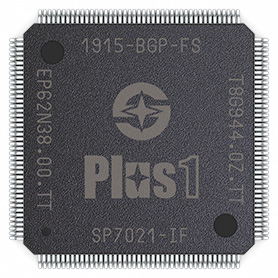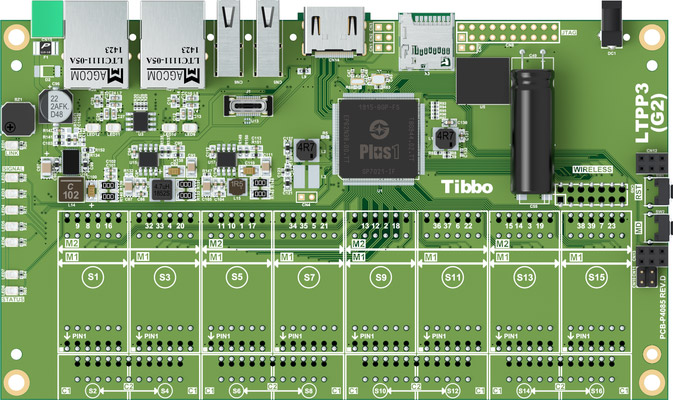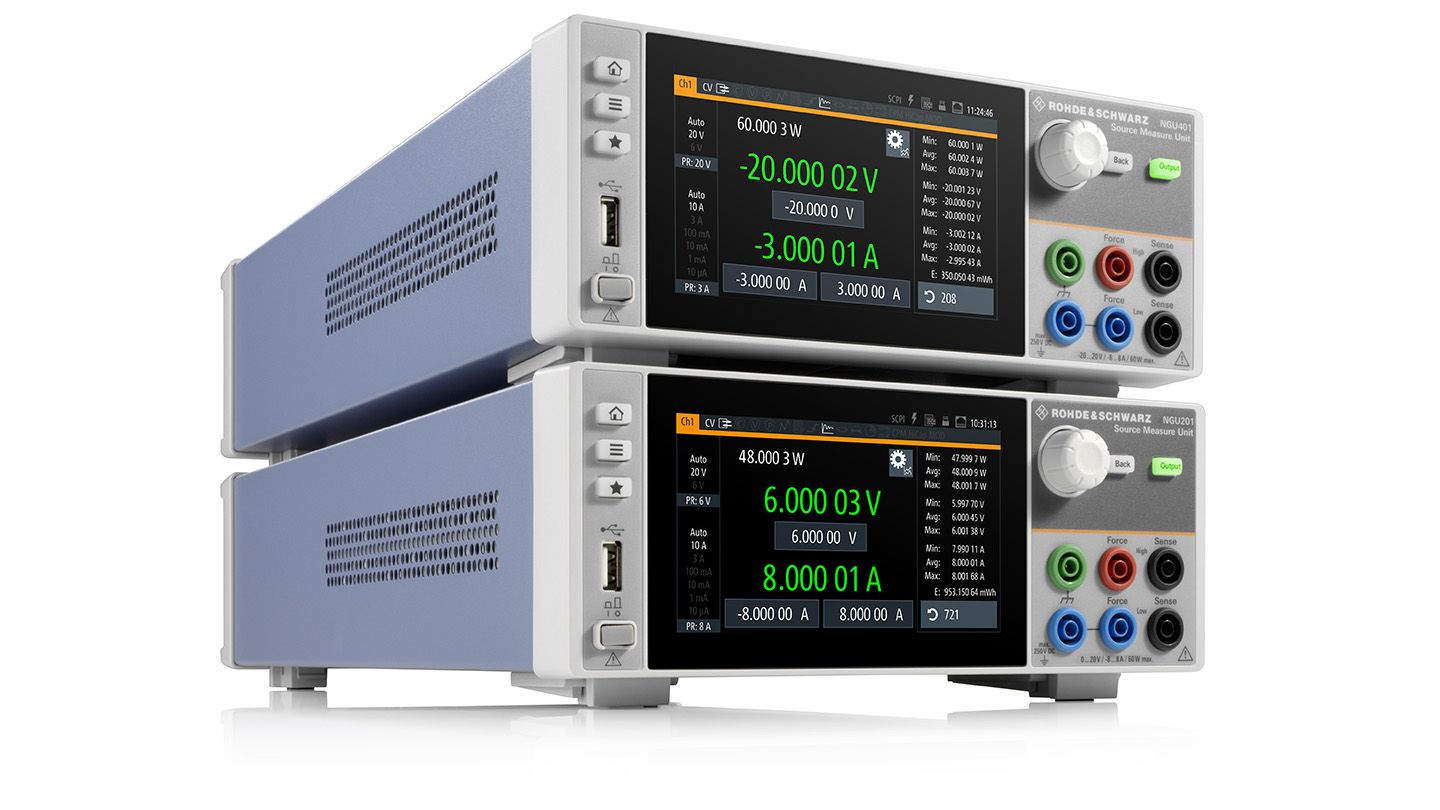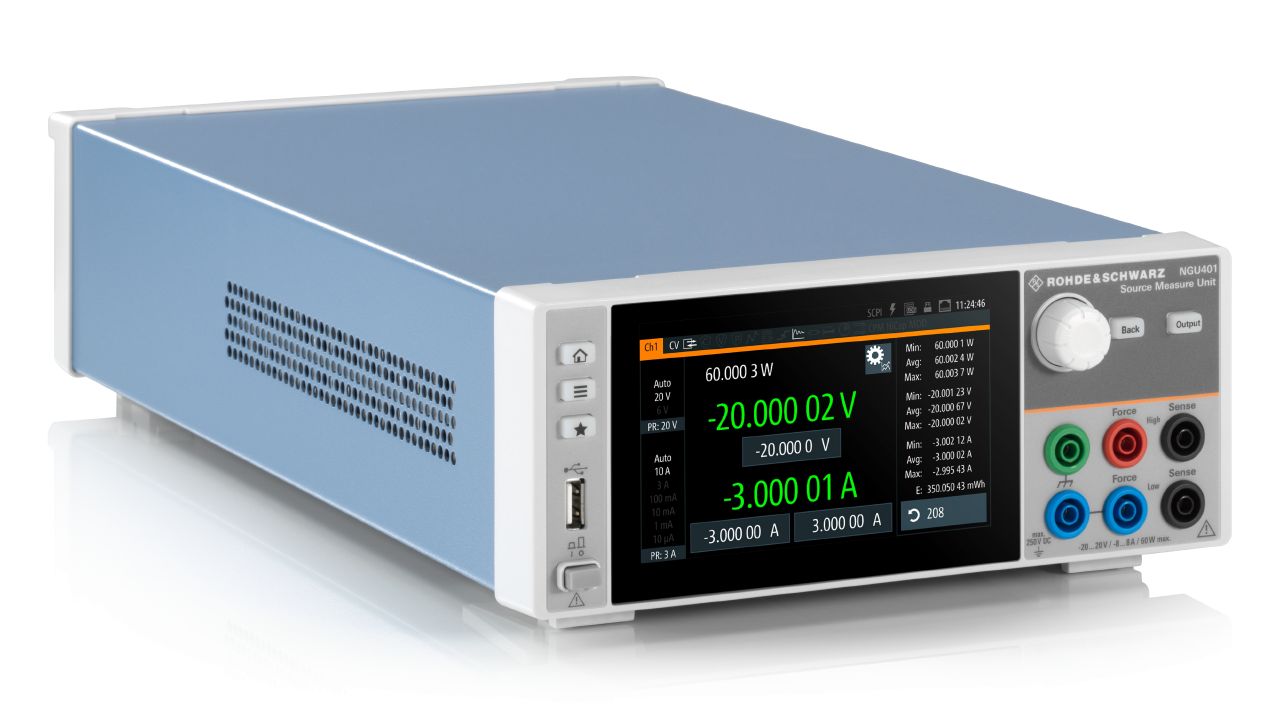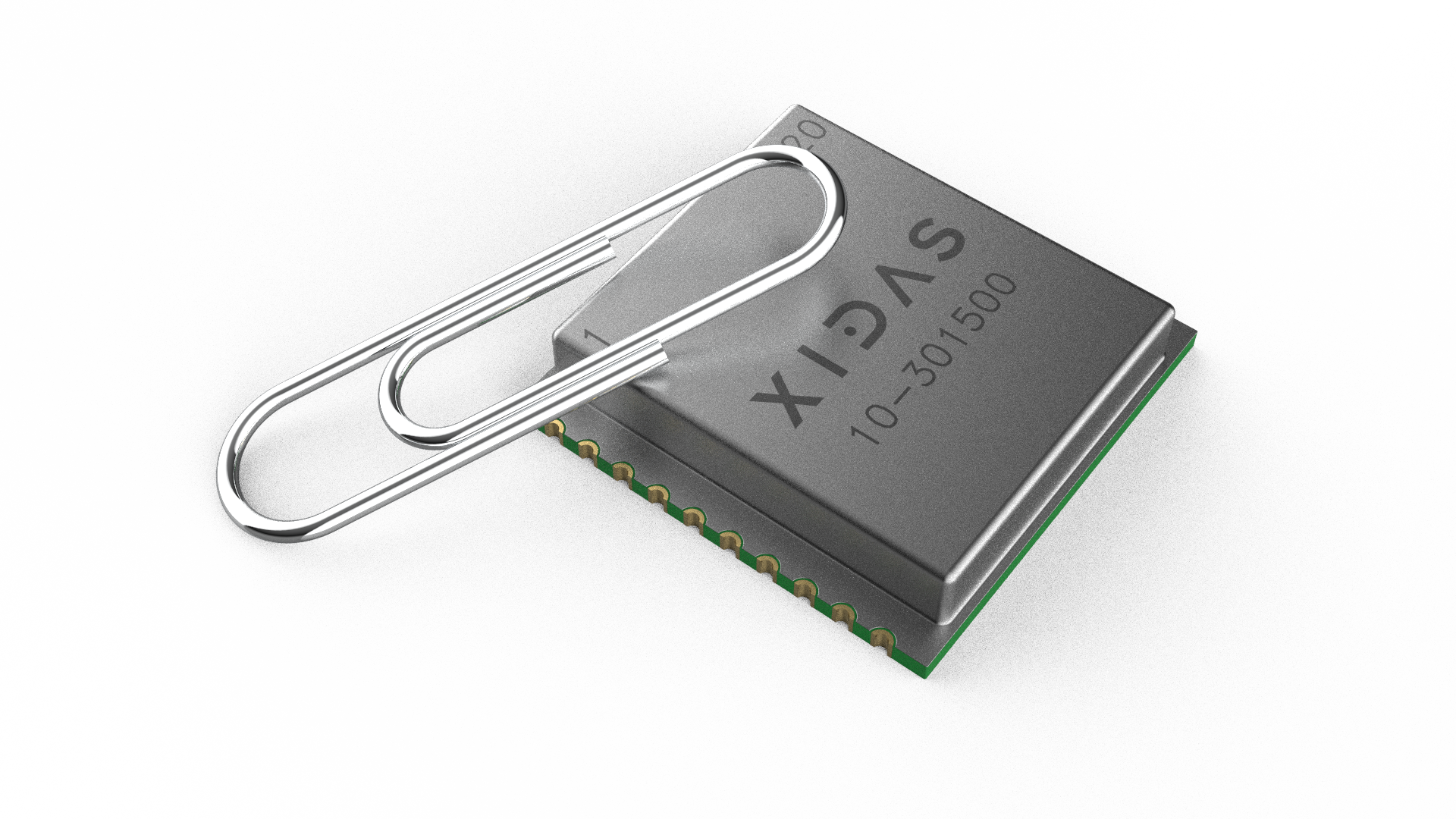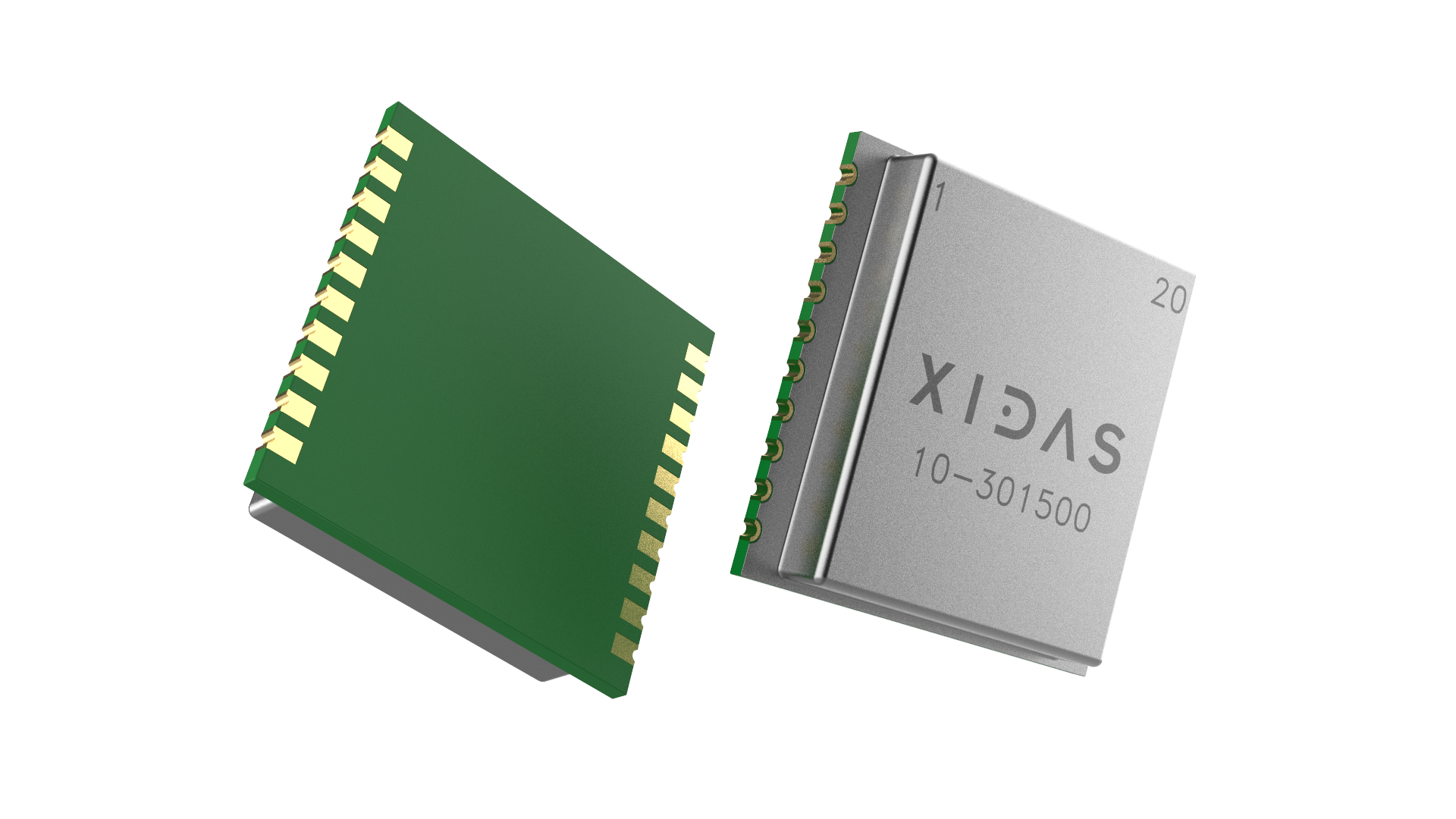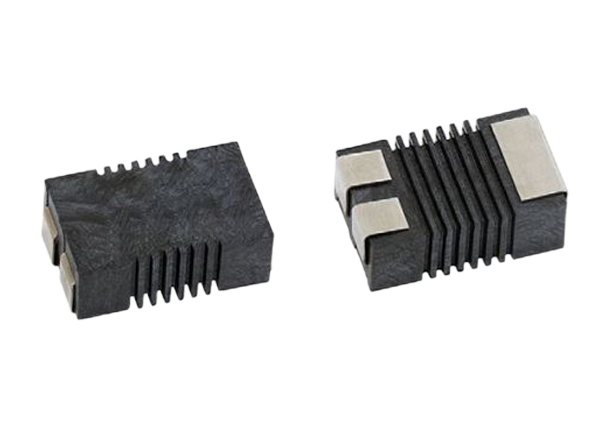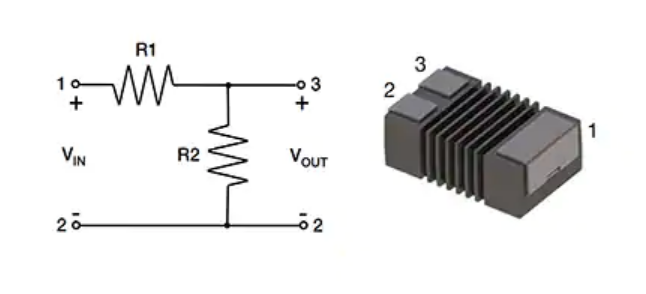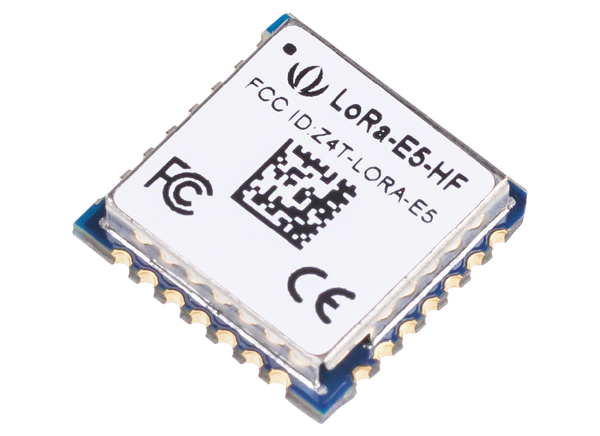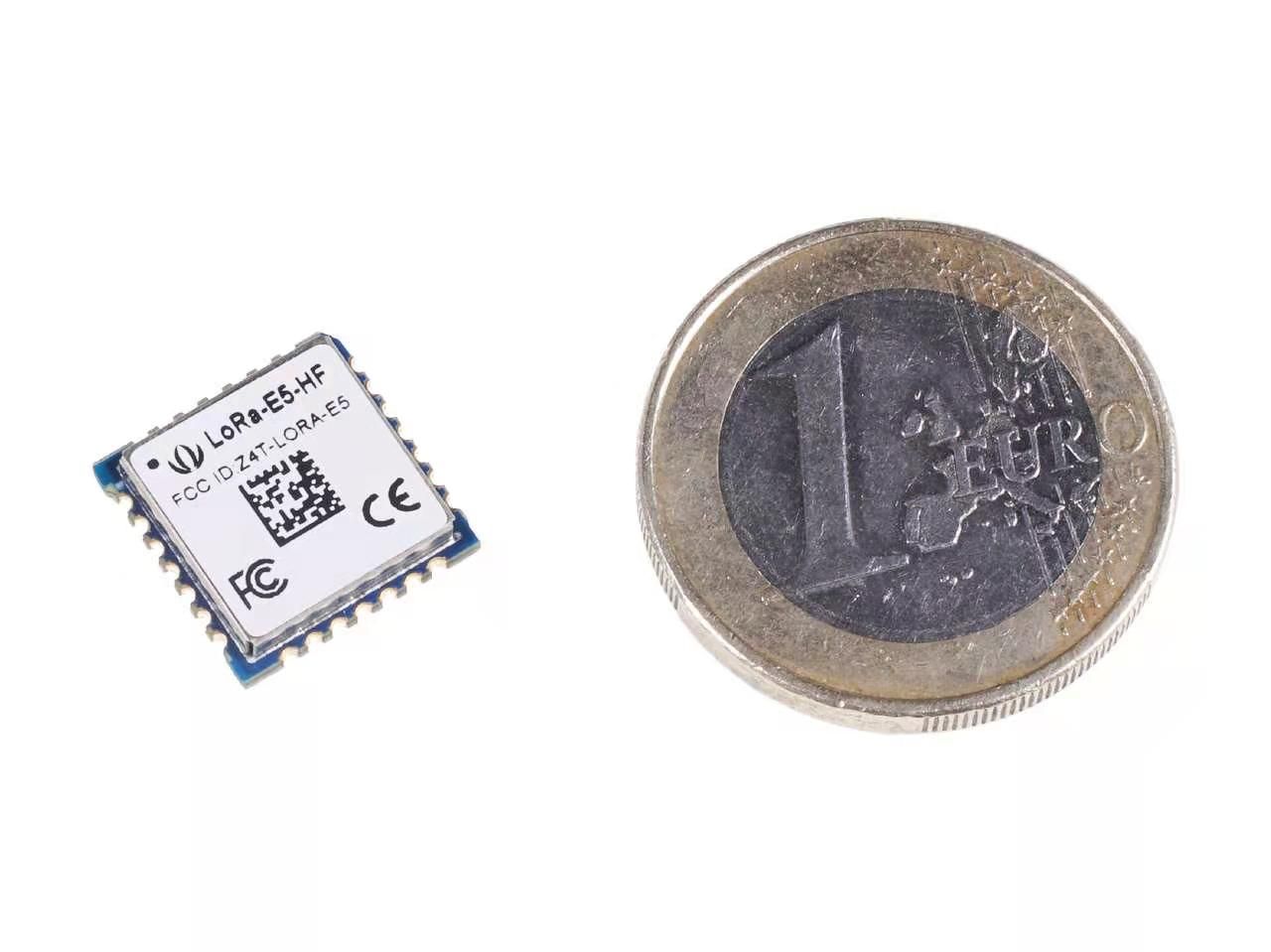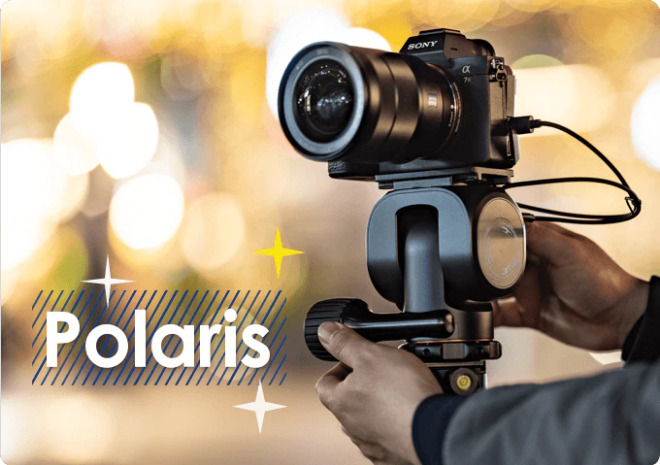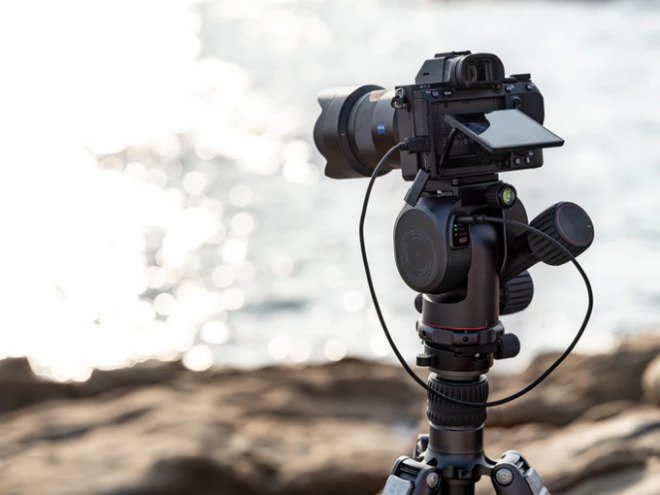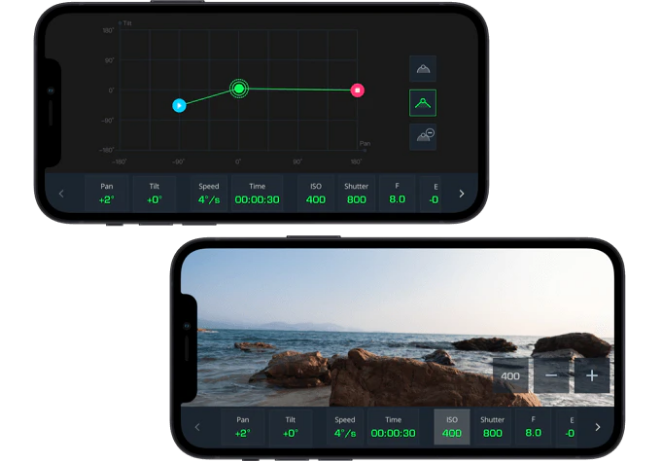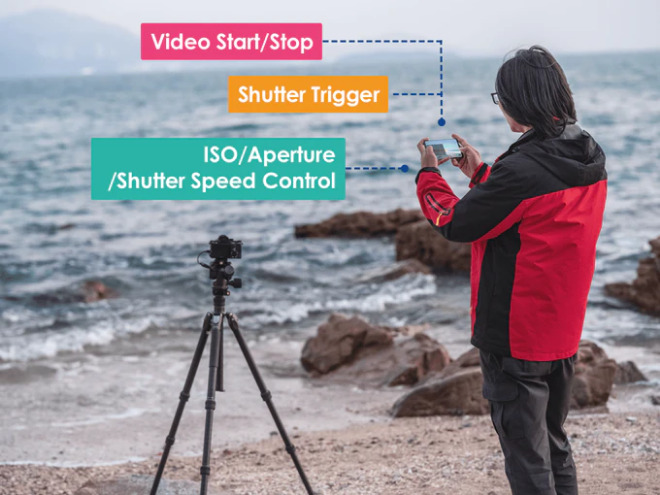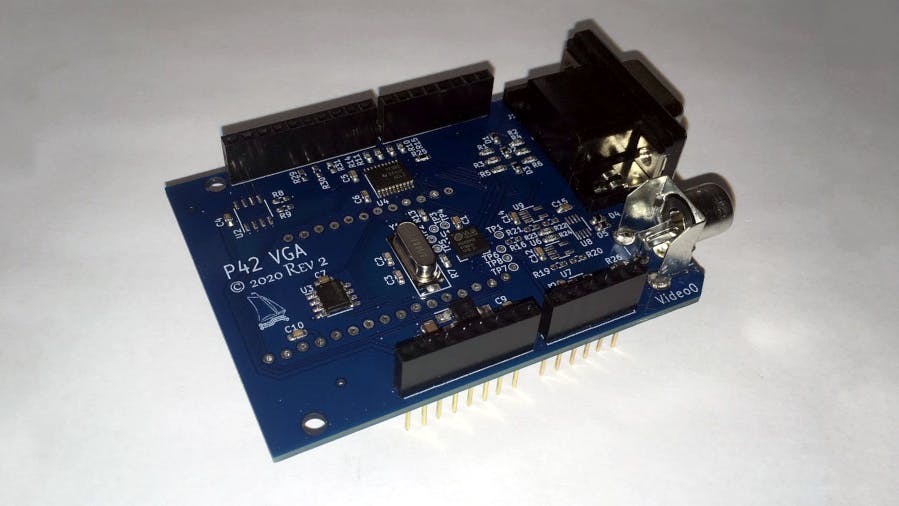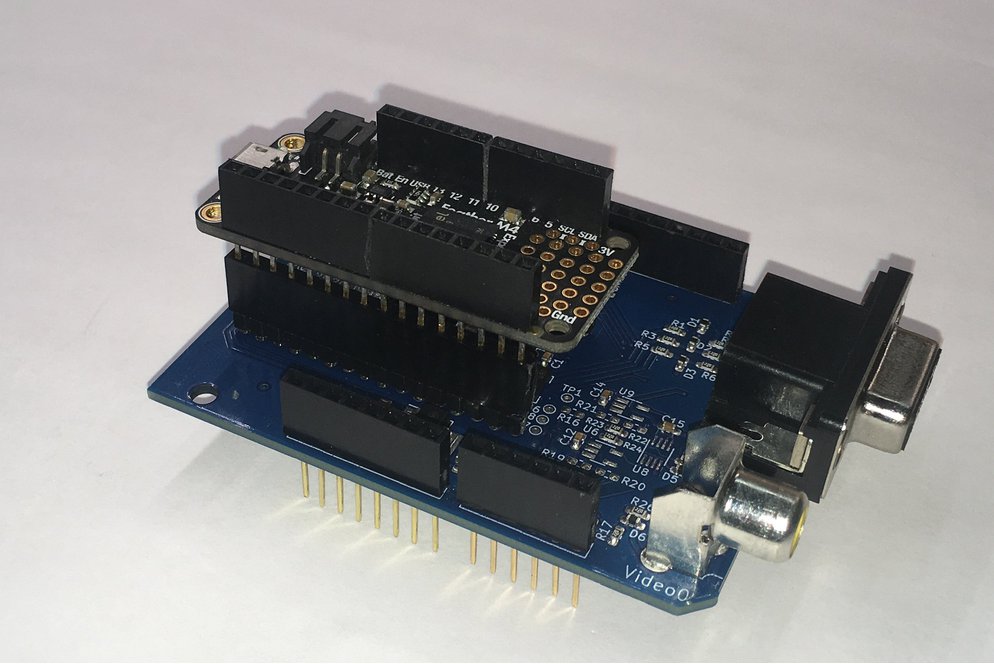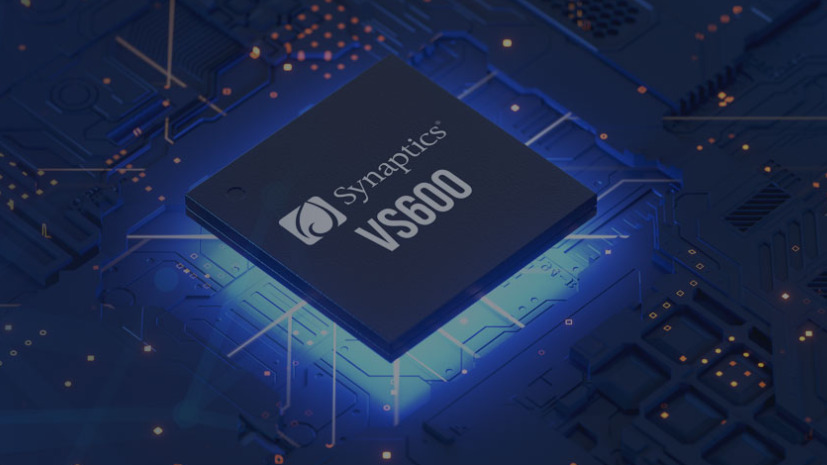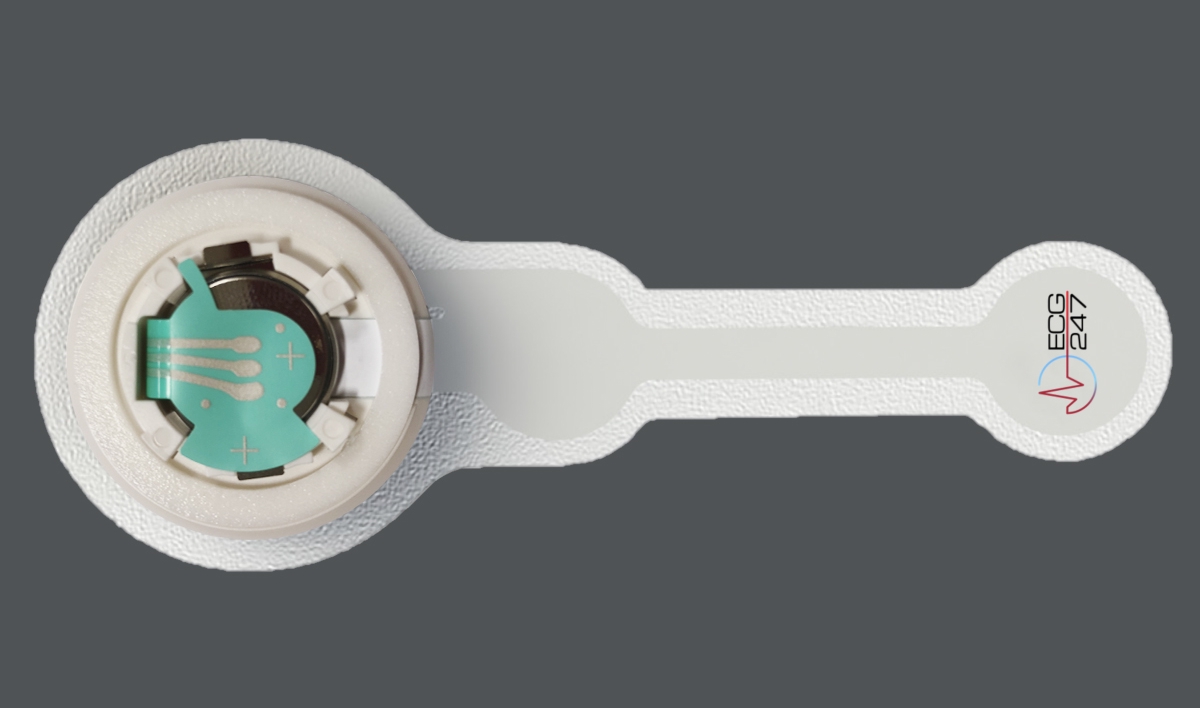
AppSens, a Norway-based medical technology manufacturer, designed ‘ECG247 Smart Heart Sensor‘ – a Bluetooth LE enabled wearable ECG sensor, powered by Nordic’s nRF52832 SoC, to detect irregular heartbeats. This device is a wearable electrocardiographic (ECG) heart monitor designed to detect atrial fibrillation and other major cardiac arrhythmias. Atrial fibrillation is the most commonly occurred cardiac rhythm disorder and is a common cause of stroke.

ECG247 Smart Heart Sensor has two parts – a disposable electrode-patch to fasten the sensor to the patient’s chest and a reusable electronic component for measuring the ECG signal. The patient can use this solution to self-diagnose their heart condition. This can also be used during exercise/physical activity.
The brain of this ECG247 Smart Heart Sensor is an nRF52832 SoC, based on a 64MHz, 32-bit ARM Cortex M4 processor with a floating-point unit (FPU). This processor is capable of handling the proprietory algorithm for continuously measuring and analyzing the electrical activity in the patient’s heart and detect any irregularity in the rhythm. Such complex algorithms need fast and accurate floating-point operations – here comes the powerful FPU of nRF52832. The nRF52832 is an ultra-low-power SoC that draws only a 5.5mA peak current while transmitting or receiving over the 2.4GHz band. This lets the patch run continuously for 14 days with a single CR2032 coin-cell battery.
The sensor sends the measurement data using BLE to an android or iOS smartphone so that the patient can monitor everything using the application. The heart rhythm recordings are automatically transferred to secured cloud-based storage where a sophisticated AI-based algorithm analyzes the data. Then, either it confirms the episodes of arrhythmia or rejects as electrical interference in rhythm monitoring. Cardiologists can see the recorded ECG data and make decisions accordingly.
It’s difficult for any RF device to transmit or receive when in close proximity to human skin. Despite the ECG247 Smart Heart Sensor is positioned just 6mm above the patient’s skin, nRF52832’s high sensitivity comes to the rescue and enables flawless RF communication. Tord Ytterdahl, CEO of AppSens, said:
We have worked closely with our technology partners Jetro and Kitron and together have developed a solution taking advantage of Nordic’s technology,
He also added,
Nordic’s SoftDevices implement the Bluetooth LE protocol stack in an efficient way and leave enough CPU resources to the application code, enabling real-time data processing to be embedded in the product.
more information: https://www.nordicsemi.com/News/2021/02/AppSens-ECG247-Smart-Heart-Sensor-employs-nRF52832-SoC


